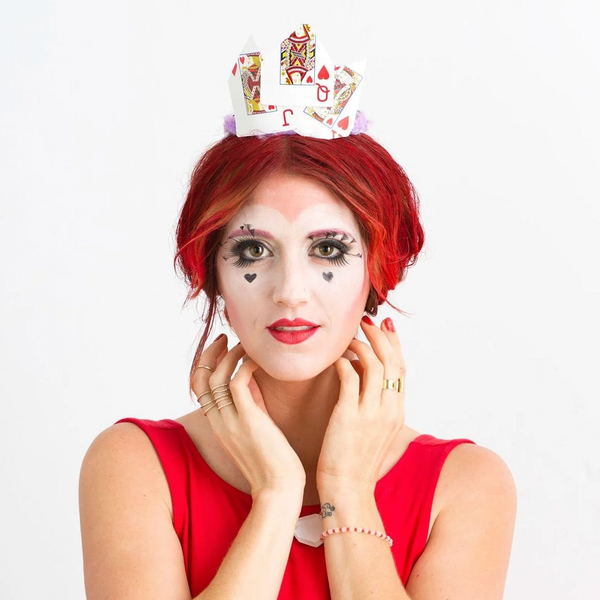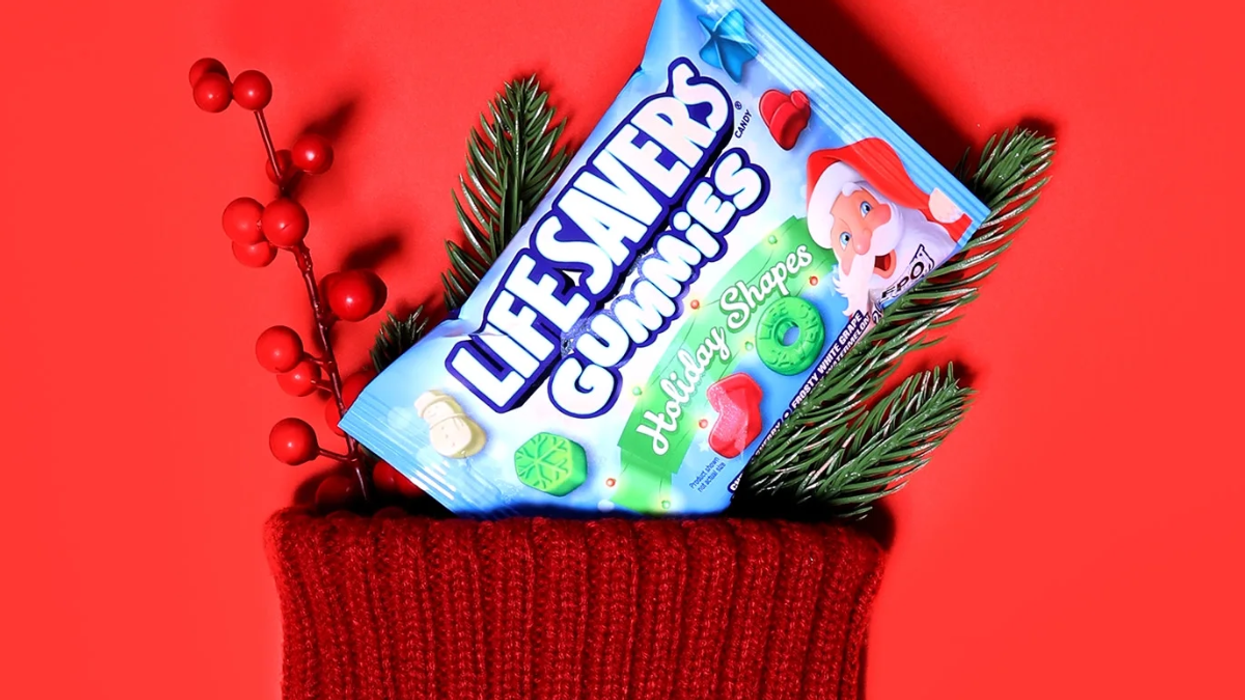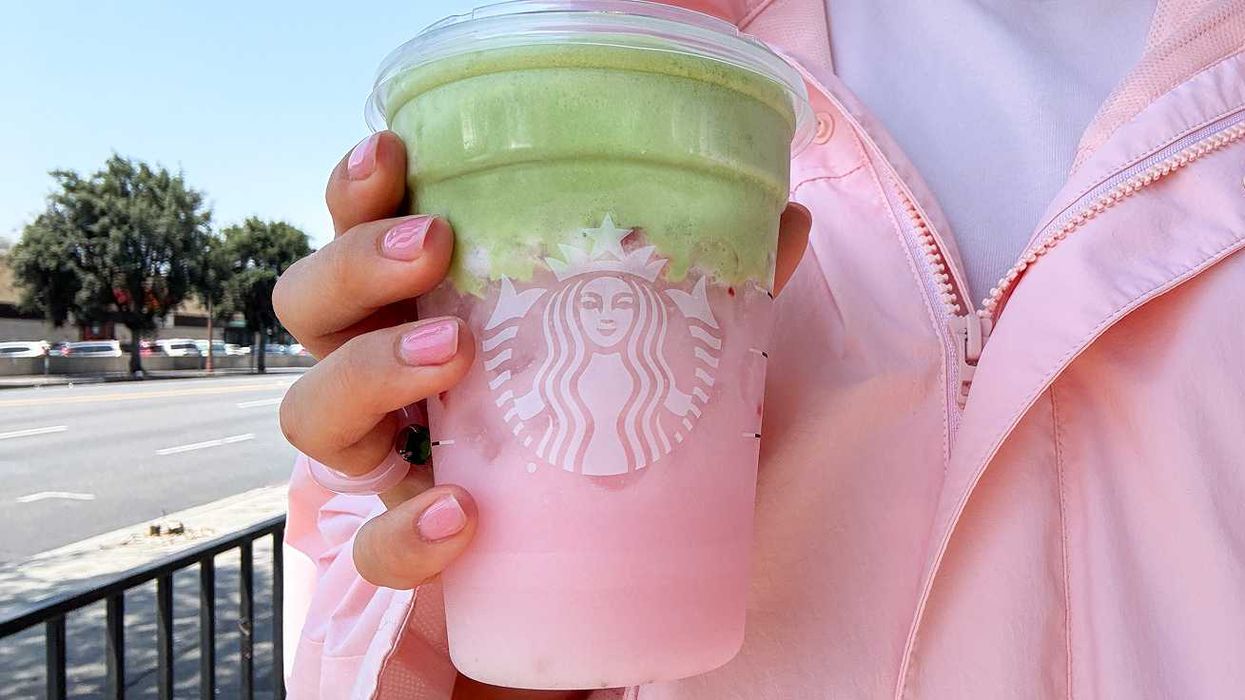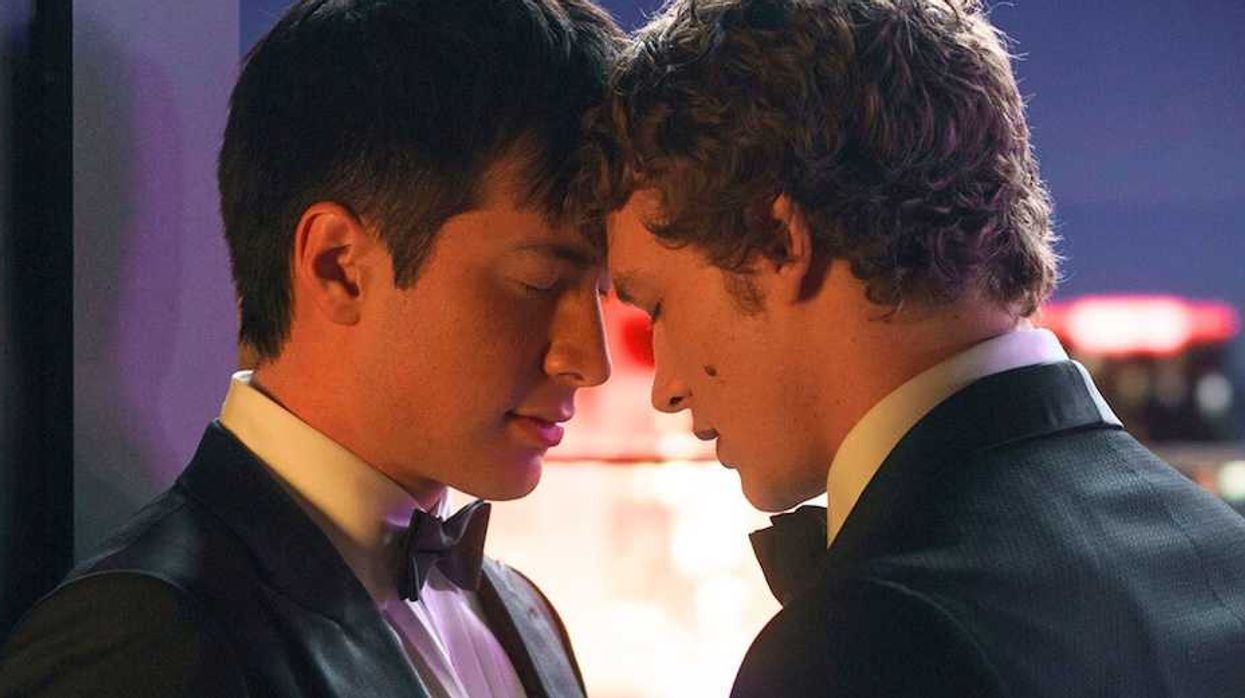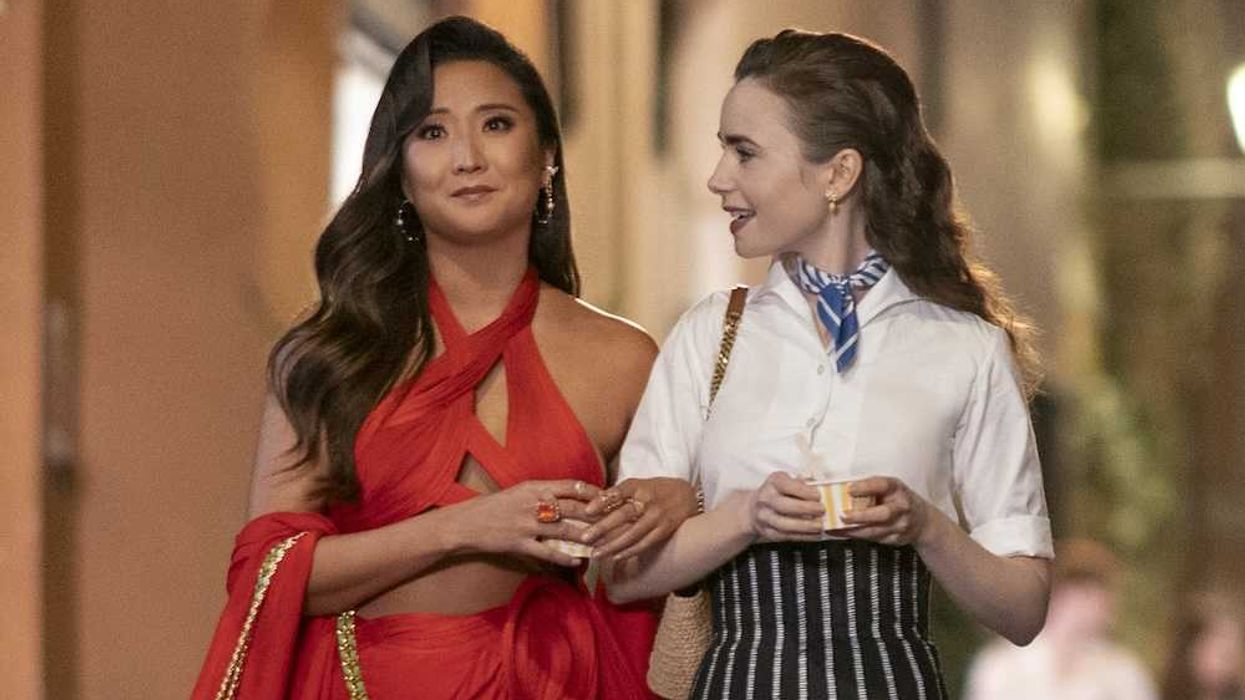There’s a reason we get an extra hour of daylight until November.
The Reason Daylight Savings Time Happens AFTER Halloween Is a CANDY CONSPIRACY
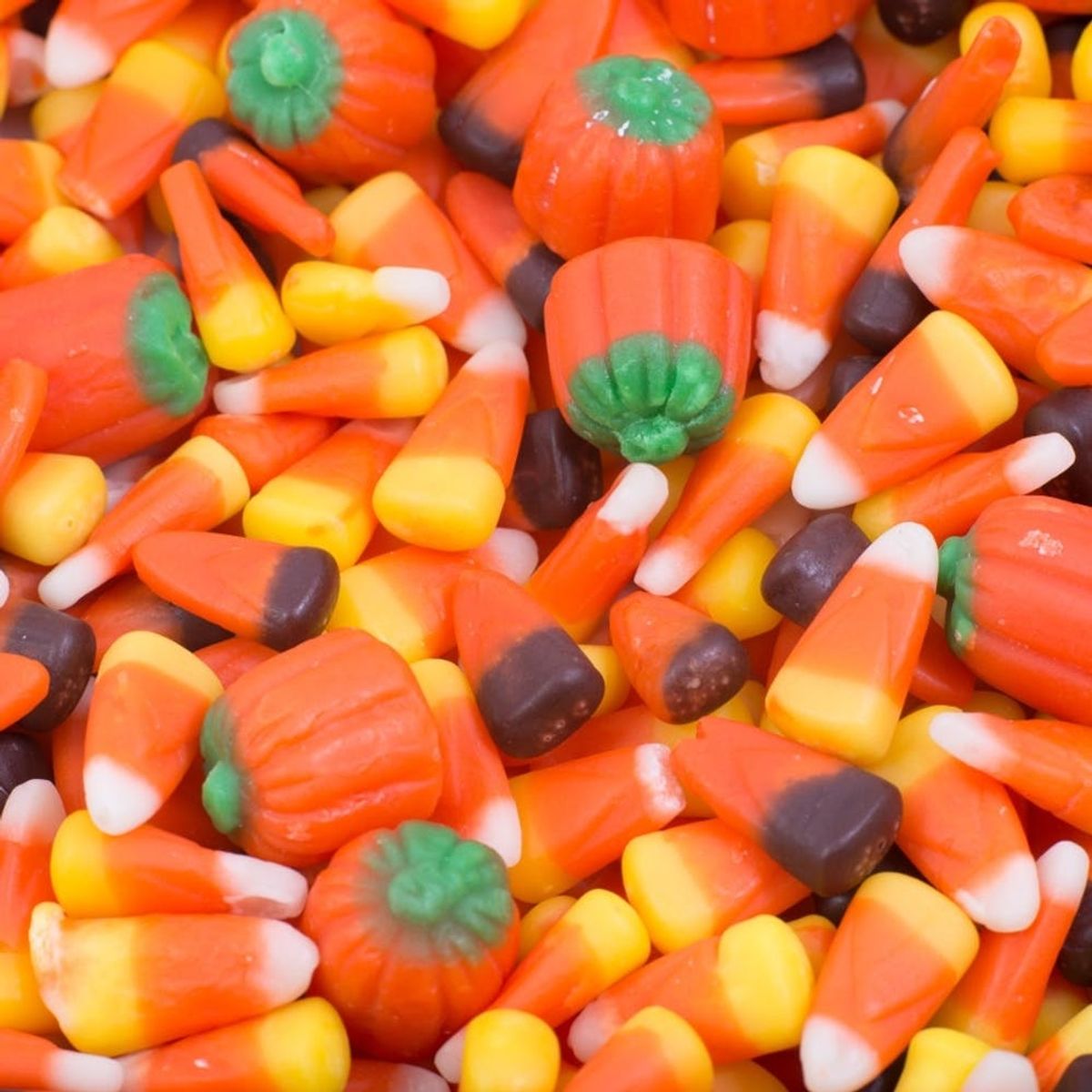
This time of year you’re probably thinking about the return of Daylight Saving Time, that lovely fall day when we all set our clocks back an hour in exchange for a much-appreciated extra hour of sleep. You might even remember how the annual time switch used to happen every year sometime in early- or mid-October; it wasn’t until President George W. Bush enacted the Energy Policy Act that DST got pushed back to November, by law. But while the president claimed energy conservation as the reason for the pushback, the truth is far more sugary and sinister: that the candy lobby pushed for more daylight for kids on Halloween, making that extra hour a real-life CANDY CONSPIRACY!
Okay, maybe not a *conspiracy,* and maybe not 100 percent candy related, but Halloween and DST have a long, sordid history. After first being suggested by Ben Franklin during his time in Paris in 1784, DST wasn’t fully advocated for until 1907, when a London-based builder William Willett suggested changing the clocks in his essay, A Waste of Daylight. By 1925, laws were passed that “Summer Hours” (Spring Forward) would start at the end of April, or Easter weekend depending on the calendar, and “Winter Hours” (Fall Behind) would happen the first weekend in October.

Fast forward to the 2005 suggestion by President Bush, and the law that was enacted in 2007, and here we are: DST happening after Halloween. But it’s not really about energy savings at all. Instead, DST results from a combination of the argument for kids’ safety and adults shopping, with the Chamber of Commerce lobbying to keep the lights on to entice customers into their stores pre-Christmas. Oh, and candy.
As early as 1984, the candy lobby was “putting candy” into every congressperson’s seat, arguing that the time change would be “safer” for little trick-or-treaters, as they’d have more daylight time to head out and be less likely to be hurt in an accident. According to reports, the lobby focused on the Department of Transportation, using the “kids getting hit by cars in the dark” argument. Though it didn’t work at the time, eventually enough retailers pushed Congress to change the date.
By 2005, USA Today reported that no one lobbied harder for DST to be pushed to November than retail associations and the Chamber of Commerce. Their argument? An additional month of longer days would mean bigger profits. Meanwhile, the golf lobby told Congress at the time that sales could be boosted as much as $200 million for one month of extra sunshine, and the BBQ sellers’ lobby forecasted big gains as well. Overall, the longing for a feeling of eternal summer meant big profits across nearly every retail association.
Not everyone around the globe participates in DST, though. A smattering of countries around the world opt out, and even some local areas avoid it all together! Arizona, Hawaii, American Samoa, Guam, Puerto Rico, the Northern Mariana Islands and the US Virgin Islands don’t participate in changing their clocks twice a year. In Canada, one lone province — Saskatchewan — keeps the same time all year too.
While some people erroneously blame farmers for the extra hour in winter, it turns out that most are pretty opposed to DST, and in fact, farmers were never among the group to propose it. So next time you want to take your frustrations out on someone, blame it on all that delicious discount candy you’ll head out to buy on November 1.
We will.
Do you love or loathe DST? Tell us @BritandCo!
(Photo via Getty)



